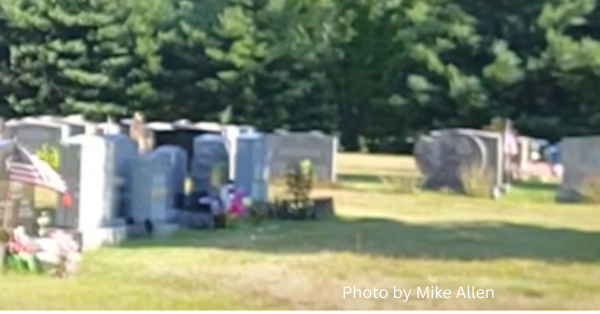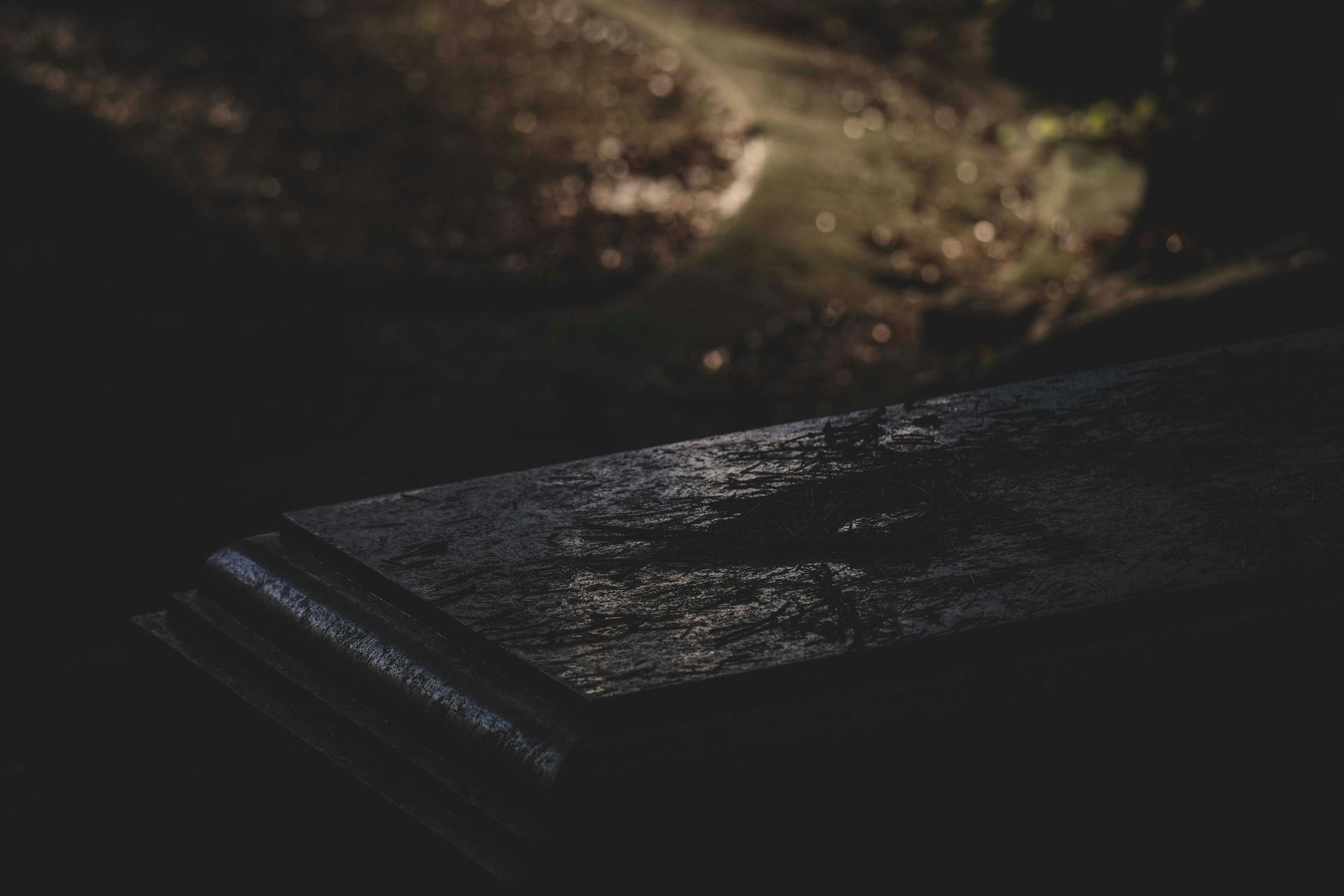Share the news!
Grave Robbing

There are few visuals one can devise that are as spine-chilling as the thought of physically digging in a cemetery to unearth a coffin and then to make off with its contents.
And yet, in the early 1800s in Connecticut respectable people partook in this seedy pastime. In fact, it wasn’t even illegal, like it is today, to dig up a corpse and make off with it. It’s not that society encouraged such activity; rather, it just hadn’t reached a point where it had to become a criminal offense.
All of that changed, though, after three incidents – all of them in New Haven County. The first two incidents occurred in the year 1819, one in Southbury and the other in Oxford. Then, five years later, a highly publicized event in West Haven turned out to be the proverbial straw that broke the camel’s back.
Grave robbing was akin to a practice that had been followed for some time by Michaelangelo, the brilliant Italian artist and sculptor. In an attempt to make his statues more accurate and life-like, Michaelangelo actually bribed undertakers of the time to allow him to have access to the recently deceased in order to open their bodies and closely examine their muscular and skeletal structure. As bizarre as this might sound today, anyone who has seen Michaelangelo’s work up close would have to admit that his activities paid off.
Similarly, in Connecticut the so-called respectable people who were robbing graves were medical students, specifically – in the case of the 1824 incident in West Haven – from the relatively new Yale Medical School. Their reasoning seemed somewhat logical among a certain sector of people. They simply wanted to learn more about the human body in order to become more proficient at preventing disease and other maladies.
The problem for these particular Yale medical students, however, came because of the particular body that they chose to steal. When the community found out who they had disinterred, riots broke out and crowds set out to find the students and put them in their own grave.
And, it wouldn’t be long before that incident – coupled with the activities in Southbury and Oxford – led to an adjustment in Connecticut’s criminal code as it related to grave robbing.
Who was this person, whose grave robbing turned the public against the students at Yale Medical School? Did they find the students? What became of them?
Click this link to hear the story on the podcast Amazing Tales from Off and On Connecticut’s Beaten Path, with your host Mike Allen:
"Listeners can now tune in to WICC Radio (600 AM and 95.9 FM) every Sunday at 10 am to hear all about the Amazing Tales from Off and On Connecticut's Beaten Path."







